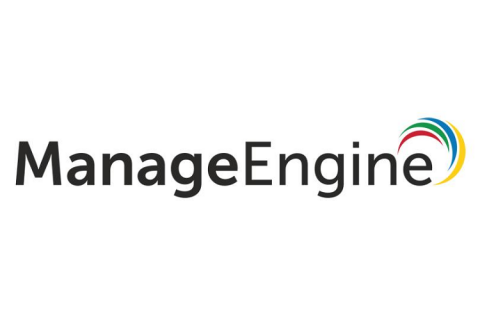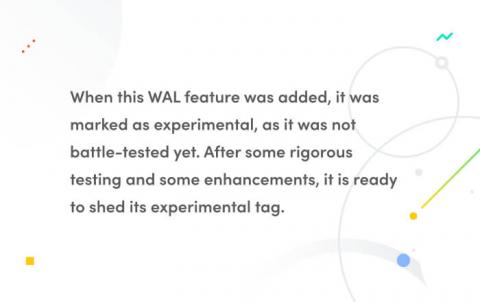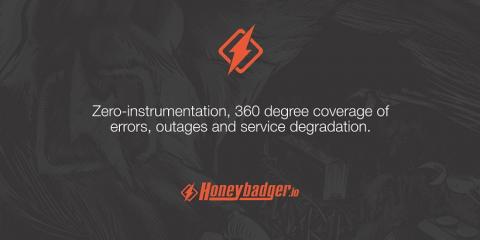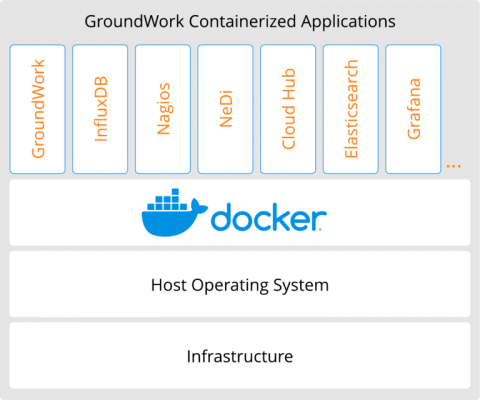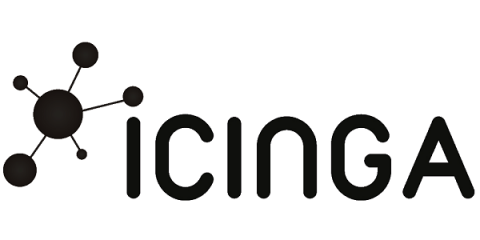Monitor employee productivity and analyze user behavior
The current sudden and forced work-from-home (WFH) situation has caught many organizations unawares. In fact, many are unprepared or underprepared when it comes to arming themselves with the right tools for a remote work model, leading to an increase in network vulnerability as users access data remotely. Employee productivity has also become a major concern among employers. Taking all of this into account, ManageEngine has decided to make AD360 free for organizations around the world.


